Old Sun Community College Third Floor
The Third Floor of Old Sun Community College (OSCC). Click on the triangle to load the point cloud. Labels on the point cloud indicate past room functions during Old Sun’s time as a residential school. Important rooms on this floor include the junior boys and girls dormitories and the boys and girls Infirmary.

“When the school is on the reserve, the child lives with its parents, who are savages, and though he may learn to read and write, his habits and training mode of thought are Indian. He is simply a savage who has learned to read and write.” – Sir John A. MacDonald, 1879
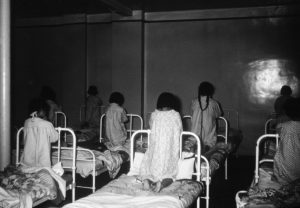
Residences for both staff and students were located on the third floor during the years Old Sun operated as a residential school. An infirmary and nursing station was also situated here. The junior boys’ dormitories could be found on the south side and the girls on the north. Students between the ages of 4 and 13 stayed in the school’s junior residences. The number of beds in these dorms likely changed through the years, but to accommodate the maximum capacity of 142 students in the 1960s the dorms would have had around 30 beds (see the section “Overcrowding” below).
There was a small sink and a bathroom attached to each dormitory, and a series of storage cupboards were placed along the walls adjacent to the doorway. Upon arriving at the school, children were stripped of their personal belongings and assigned a number with corresponding school uniform. The clothing worn by the children to the school would be bundled up and stored in the wall cupboards until the children returned home.
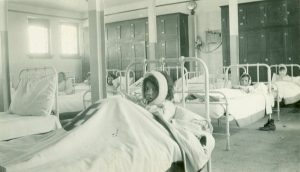
The dormitories on either end of this floor have since been divided into two classrooms. During Old Sun’s time as a residential school, however, they would have each been one single large room. Adjacent to each dormitory was a bedroom for a staff member. These bedrooms had a window that looked upon the dormitory so that staff could monitor the behavior of students. Rooms located further down the hallway were used as staff quarters along with the dispensary/infirmary (see point cloud and VR tour). If students were sick, they were kept isolated in the infirmary – sometimes for as long as several months.
Today, the rooms on this floor are used for teaching classrooms for the college, staff offices, and the staff room.
Notes:
The content of this page is pending approval by Old Sun Community College.
Left click and drag your mouse around the screen to view different areas of each room. If you have a touch screen, simply drag your finger across the screen. Your keyboard's arrow keys can also be used. Travel to different areas of the third floor by clicking on the floating arrows.
This image gallery shows historic and modern photos of Old Sun College's third floor. Click on photos to expand and read their captions. If you have photos of the third floor at Old Sun that you would like to submit to this archive, please contact us at irsdocumentationproject@gmail.com.
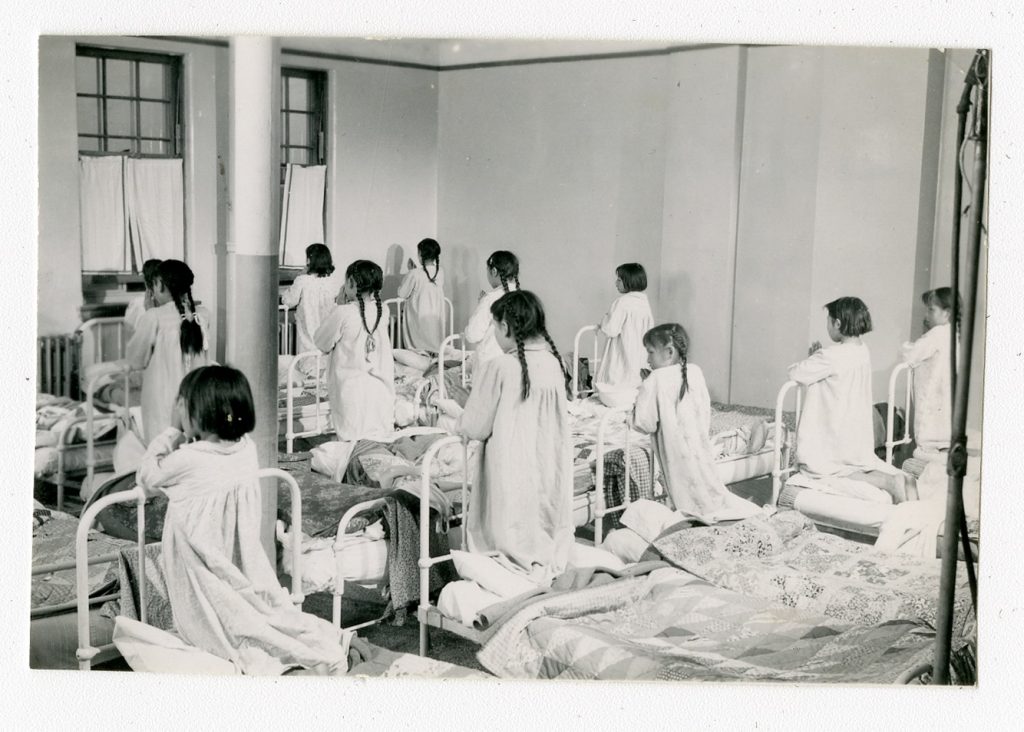
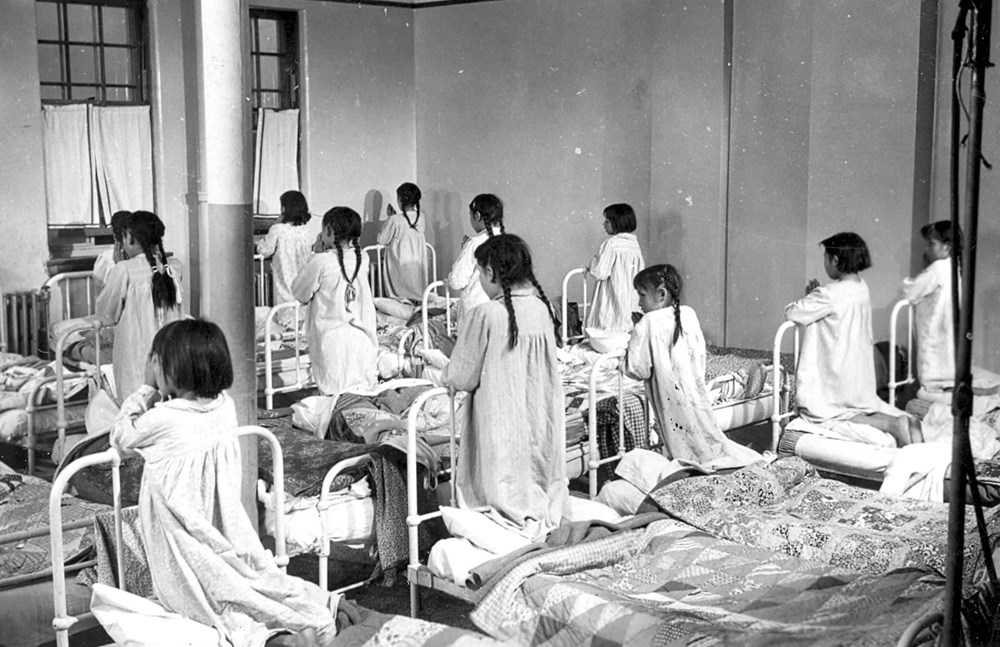
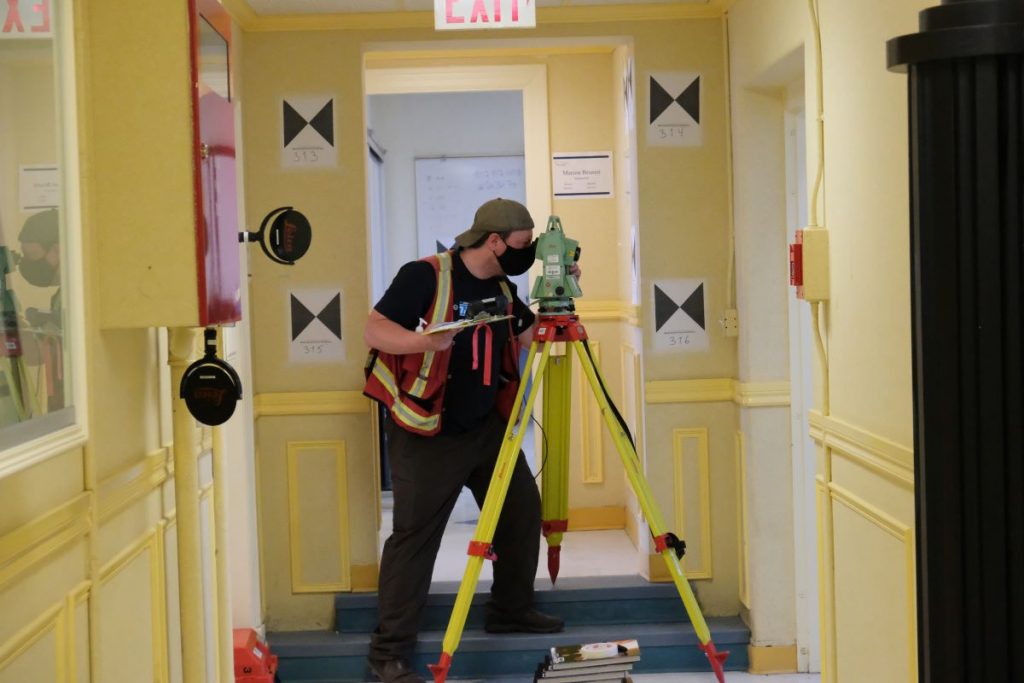
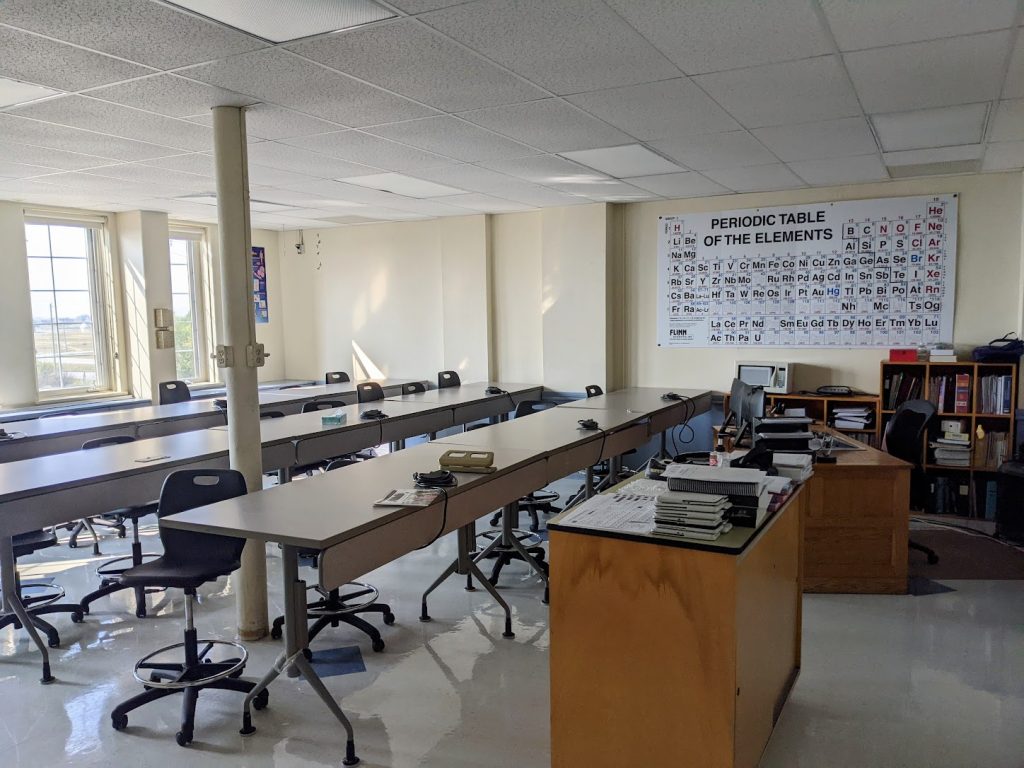
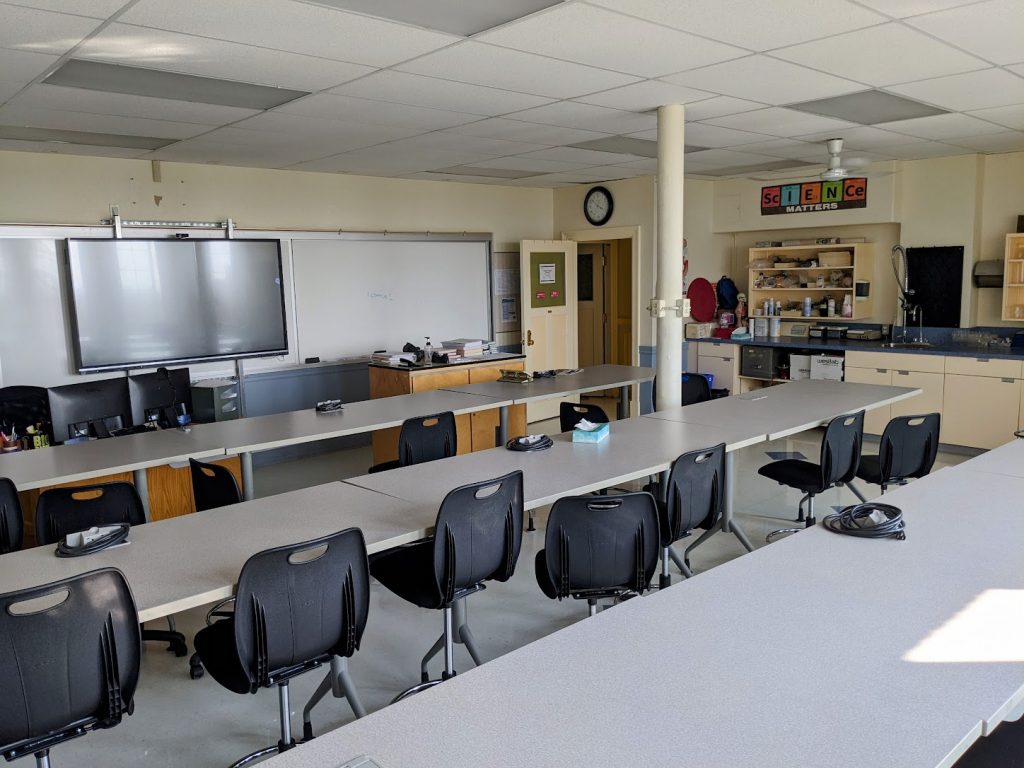
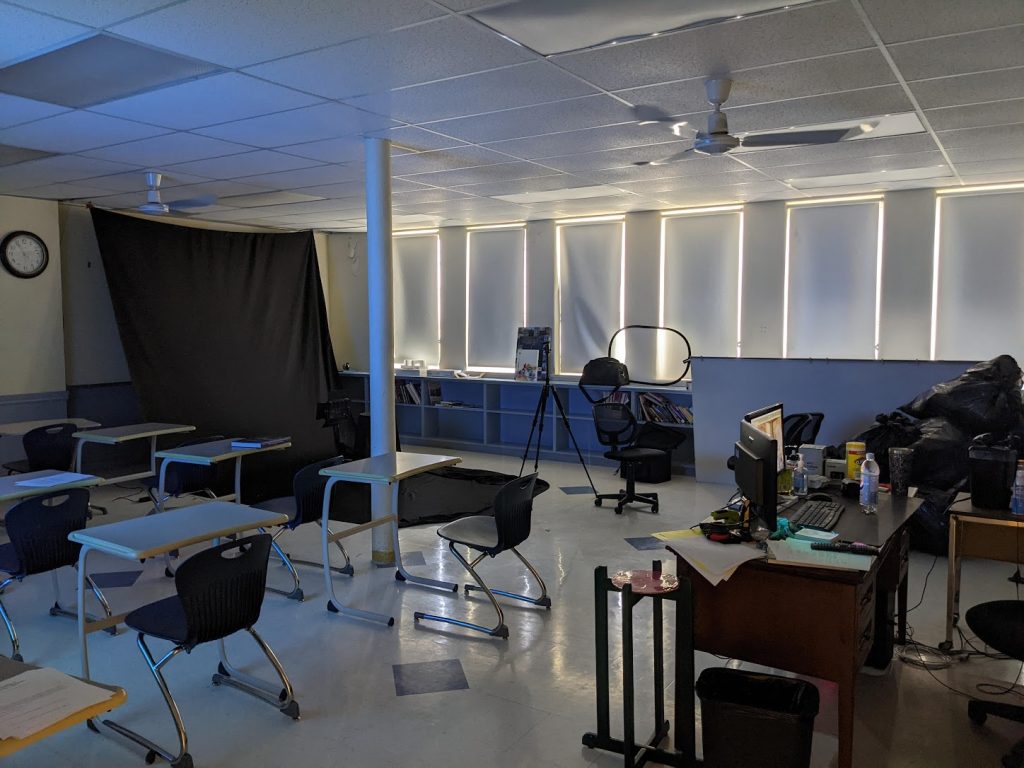
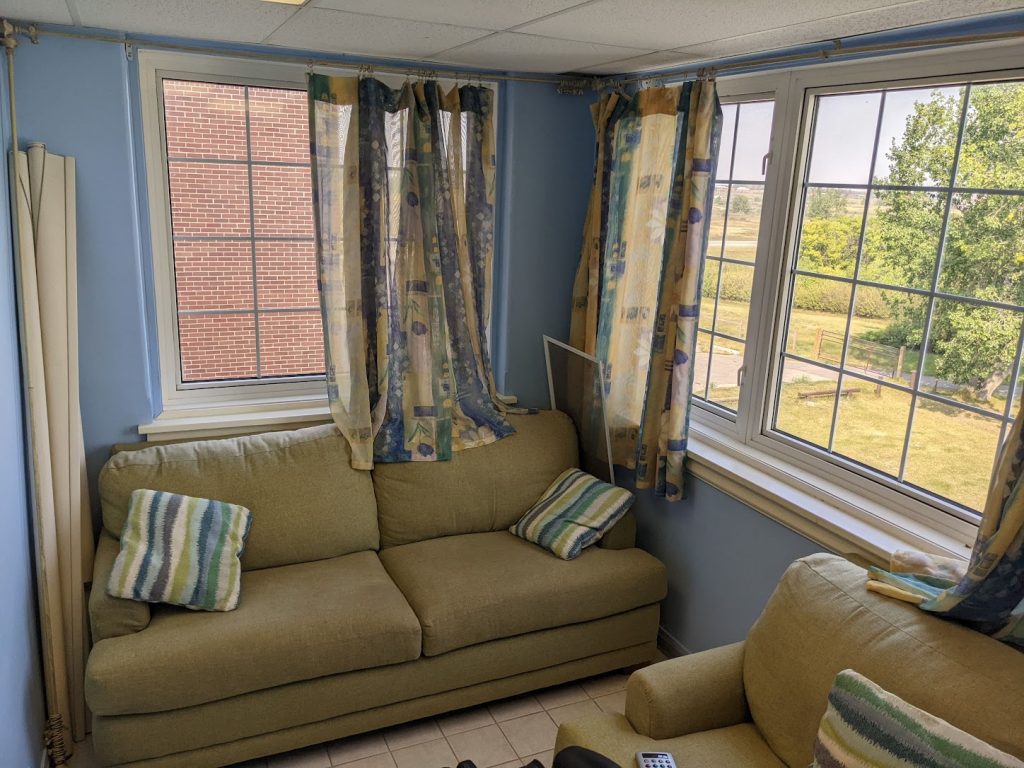
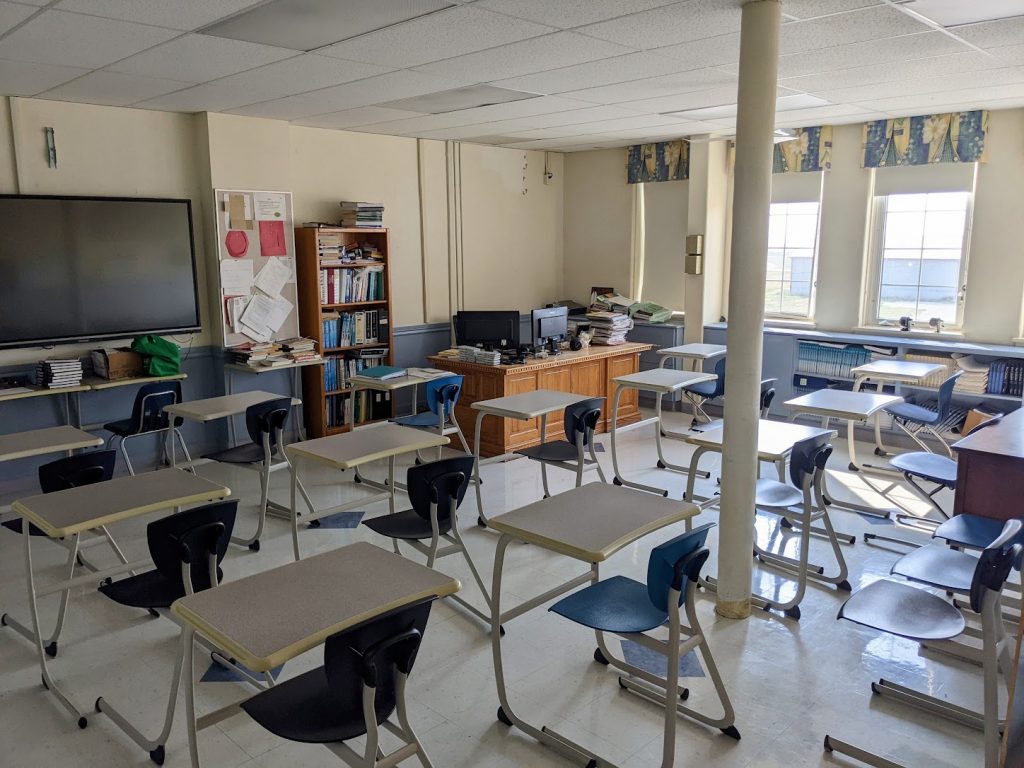
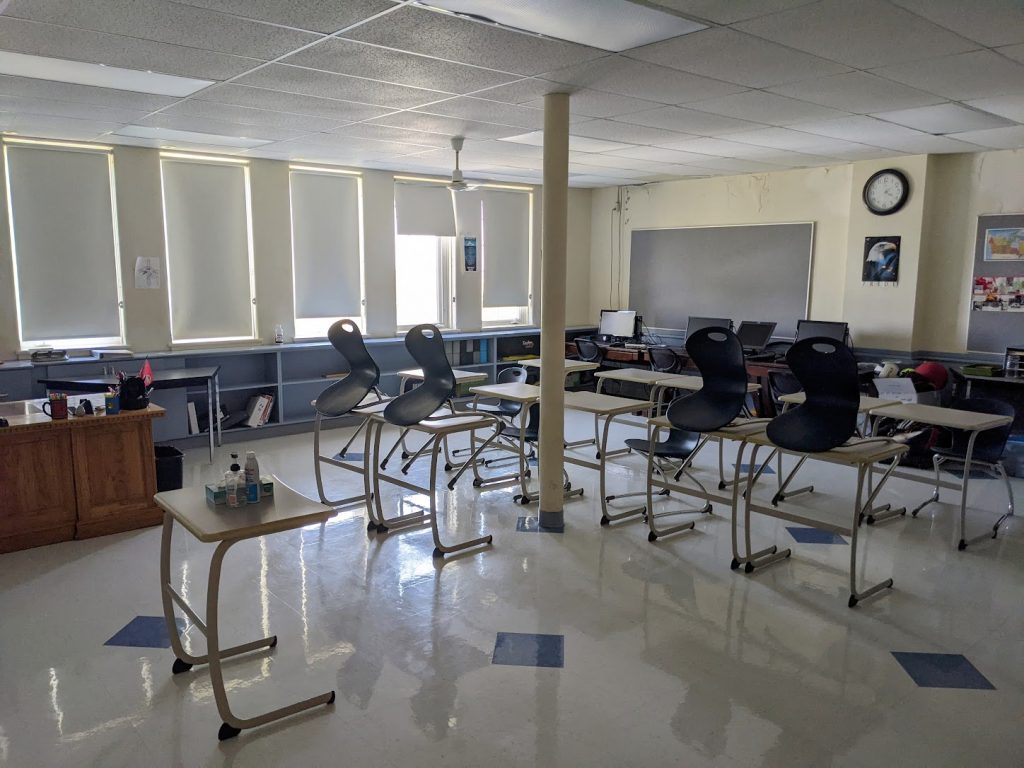
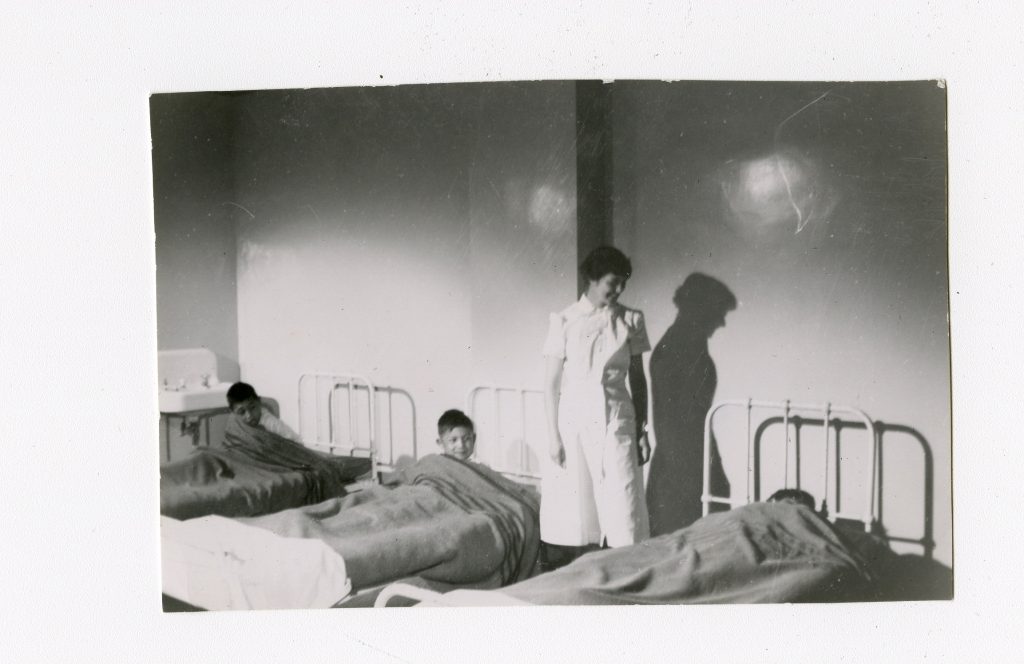
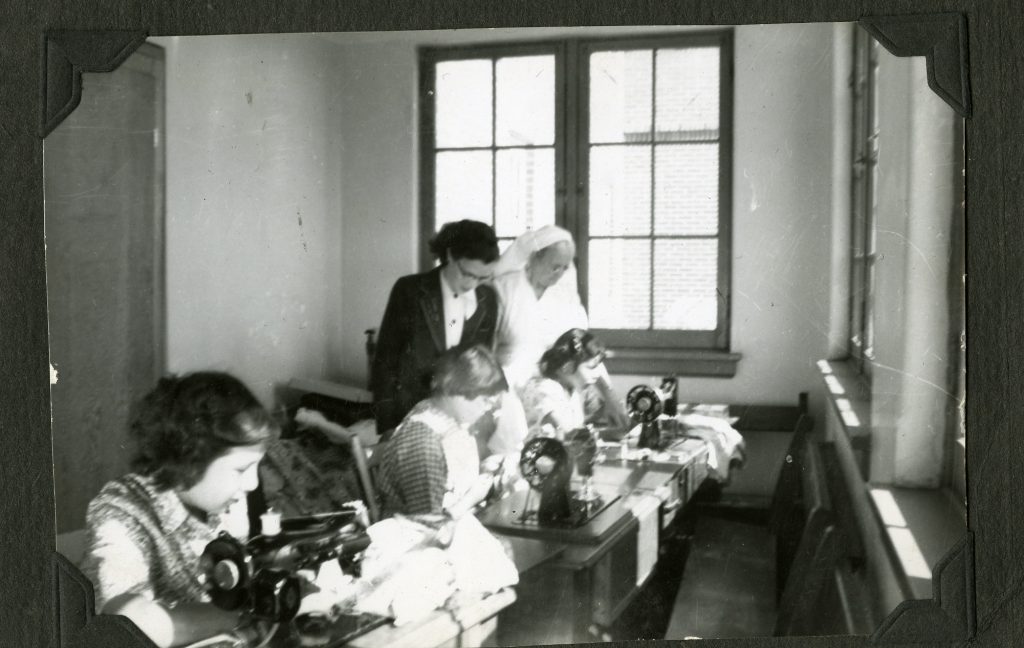
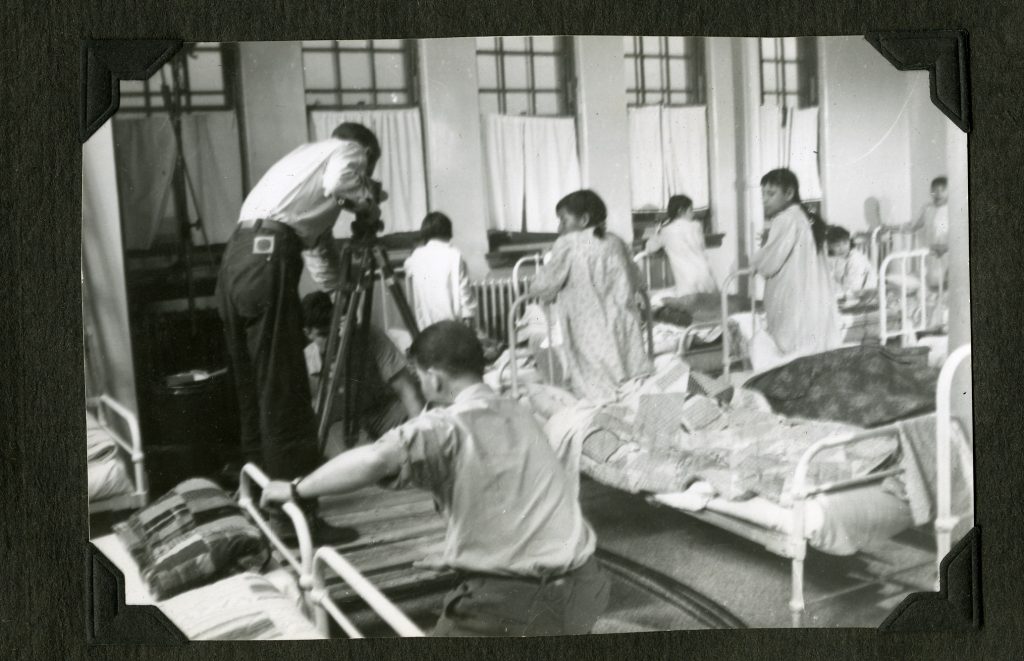
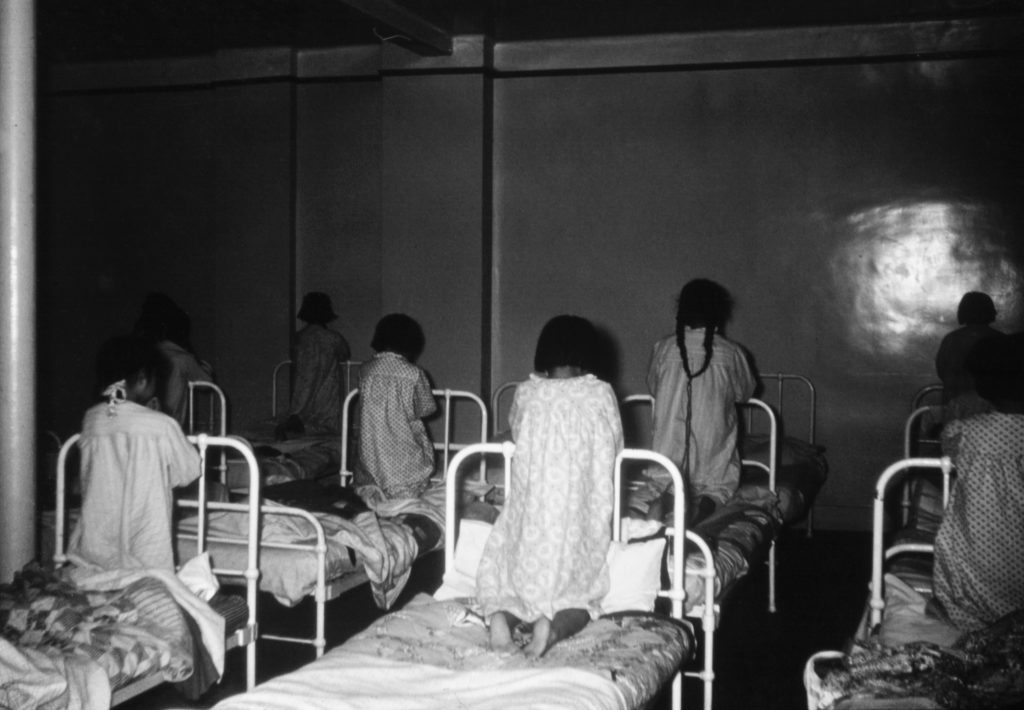
![Junior boys resting - [193-?]. P75-103-S7-167. The General Synod Archives, Anglican Church of Canada](https://irs.preserve.ucalgary.ca/wp-content/uploads/P75-103-S7-167.jpeg)
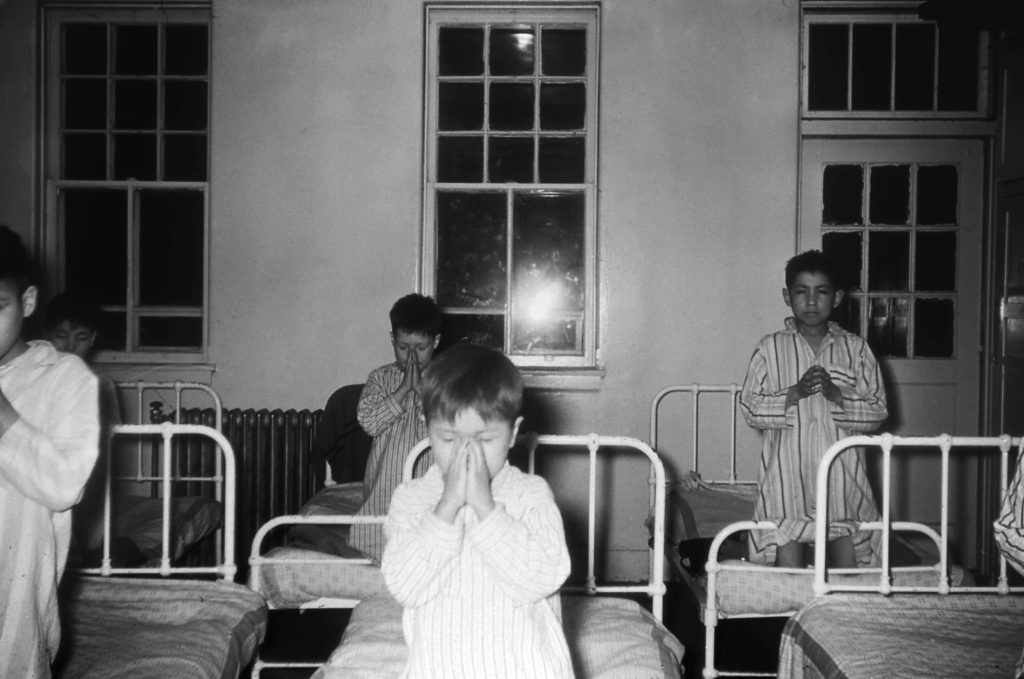
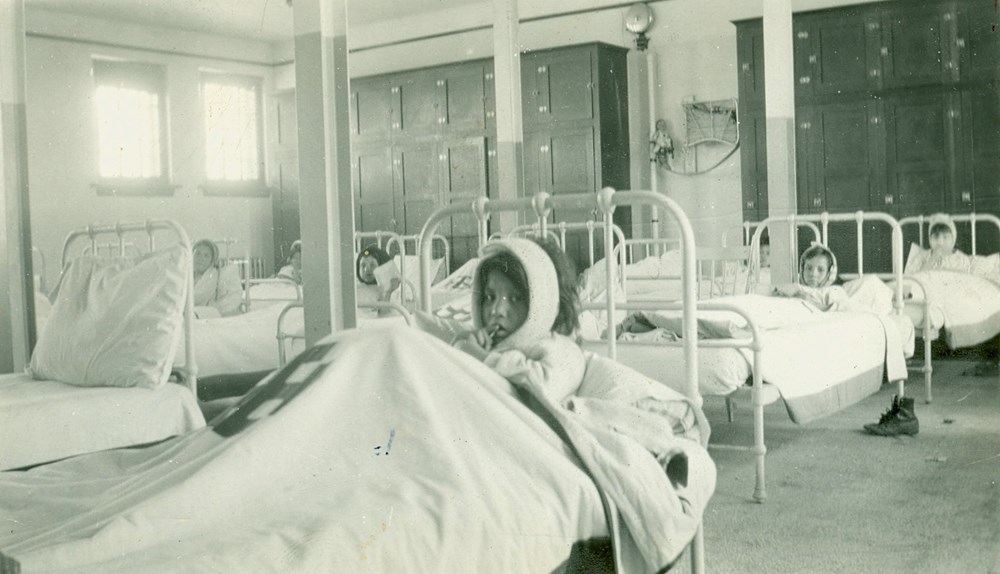
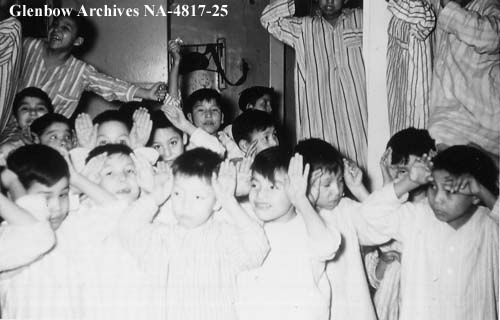
Laser scanning data can be used to create “as built” architectural plans which can support repair and restoration work to Old Sun Community College. This plan was created using Autodesk Revit and forms part of a larger building information model (BIM) of the school. The Revit drawings and laser scanning data for this school are securely archived with access controlled by the Old Sun Advisory Committee.
Some of the threats faced by Indigenous students attending residential schools came from the buildings themselves. The architectural plans contained in this archive, which have been constructed using the laser scanning data, illustrate how poorly these schools were designed from a safety perspective. There were three specific areas that placed the health and safety of students at great risk: Fire Hazards and Protection Measures; Water Quality, and Sanitation and Hygiene. As you explore the archive, you will find more information about the nature of these hazards and their impact on students.
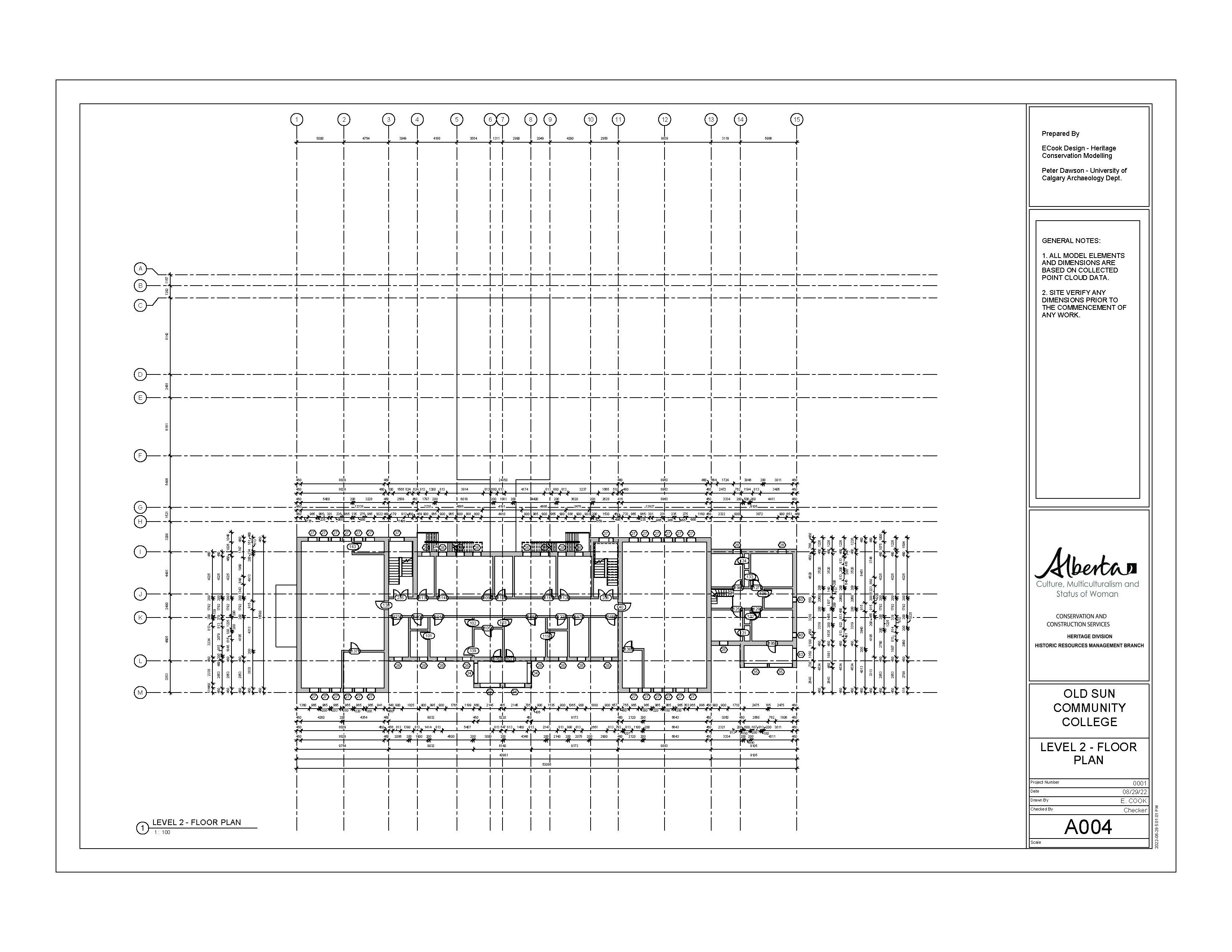
Rachel First Rider- The Bad Ones
My name is Rachel First Rider, my Blackfoot name is Iitotaika’nah. This morning I’m going to talk about when I lived here at school, when they first brought me here. I don’t know, I might have been the age of eight or seven years old, when they brought me here to live… I don’t really know. I was young and such but when I got older, then they put me with the children and the workers, the white ladies, the teachers, we cooked for them. The one I was with has now passed away was my friend and younger sister Komehtaki, Elsie Black. This was the one I was with in the place where we slept when I reached senior girl dorm level.
Then we started working in the kitchen when it was 6AM, they would wake us up and we would go downstairs. At the kitchen we started preparing the food the children were going to eat, and the workers here. These are the things… I really didn’t get much schooling, they just… I learned to cook. I had already left school, when I left school, that’s when I didn’t cook anymore. That, the cook the one who supervised us, always got mad at us when we uhh… she would slap us.
Kamehtaki and I, we would try to do good work then. There were times, so we wouldn’t talk, she would tape our mouths so we wouldn’t talk anymore and had to keep on working and cooking. These, the porridge, when night came, nighttime, they started cooking all night… all night and the porridge was cooked, this is what the children ate. That and, we would go to the place where they made bread, we would help a little with the bread the children ate. These are how we all know how to cook. There have been a lot I have cooked for and that was how I learned to cook. I was about ready to leave school when I stopped cooking, then I left school.
There was another time, before I started cooking, I don’t know how old I was then. We then started going to school, before I started working in the kitchen. In the morning we go to pray then go eat. Eat breakfast. We go to school. When recess came, we were chased outside. The doors were closed, we couldn’t run back in. Those trees, they were all there, the swings we were all chased there. We weren’t supposed to be near the school. it wasn’t so hard in the summer. When it was hard was in winter. They locked us out even if there was a cold wind, we just tried to find a place where there was no wind. If we get caught, we get chased to the field where we played, we just wait for the bell to ring and come inside. These are things that were so hard back in the past. When it was very cold, we were acclimatized to the weather. The people I went to school with, we got used to the cold weather and now we don’t really have a cold winter. In the past, we got locked out it was pitiful. And we are so glad to go inside and be warm.
Then, this when we go to eat, they would make us stand for a long time. If a boy or girl got into trouble, we all got blamed and when we finished eating, we were told to get up and stand up. I think one hour, that’s how long we stood for. We were very tired from standing, we don’t talk, we don’t stand by the chairs for support. If we caught by the care-givers, white ladies or the white man, we get strapped when we walk out. These are the things that were hard, that we stood for a long time. This is why I don’t like to stand, now I can hardly get up.
For me, when we get strapped, those… We say, a lot of people say, those things we got strapped with are from tractor, what they call a belt. That’s what they look like. They strap our hands… hands are just red, this what we hated. When we are told to line up sometimes if children get into trouble, we get blamed too and we would all get strapped too.
And also, I encountered this, a place where we stayed, the playroom, it’s called side bathroom, I don’t know. If we got into trouble, they put us in there where the tub was. We pull our pants down, we lie face up- no we didn’t lie face up, were laid face down on the tub and with a big brush they smacked our back side. We couldn’t sit down when done. I would cry loudly so they stop strapping me. With the late Ahpakistowaki, Theresa Royal, she was the one that put me first and went I came out, she would ask me “did it hurt?” I answer “yes I’m still crying so they can’t finish strapping me.” She would say, “I’m just going cry loudly.”
These are the things I think about… why are they so mean? And this one who took care of us, when my daughter was going to school here, the older one Joyce, this supervisor came here and she worked here for a little while. I lived in Kainai at that time, you know. I thought I should have gone there and beat her up. She was really abusive to us, those caregivers.
Two people took good care of me, my late sister, Statamooni, Henrietta Low Horn and Soyiitapiaki, Hazel Black Rider. These are the ones who took care of me when I first started school. These are the things I don’t like to talk about… these things because they were too bad, how we were abused. Now she’s gone, Kamihtaki, Elsie, that’s the one I was abused with and the ones I know when we all get strapped when one got into trouble. They tell us, if we are hanging out with them, they tell us “You are also in trouble” and strap us too. These things were bad, now they tell me.
There are times I like to talk, my mouth is also taped, also Kamihtaki’s so we couldn’t talk. That’s how bad that white lady was. When we went go to pray the kids would laugh at us because our mouths were taped shut. These are the things. It really… we can’t speak English, I didn’t even know how to speak English when I first came to school. Now I know. It was really hard, they tell us not to speak Blackfoot. They strapped us for this when they caught us speaking Blackfoot. They were really bad, there was lots of these people. White people, white ladies, how they treated us they think its ok, “This child will get straight if we strapped them.” They say, “now if we strapped them when they get into trouble.” No, it’s not like that we say now. People when we touch a child we get charged.
These white ladies, they must have all passed away. Some of them I know have passed, the ones that strapped us and abused us. This one teacher would grab the back our necks and twist the skin, she hurt us so much. Or the ruler, she would hit us on the fingers. These are the bad ones who treated us bad, white men, white ladies… how badly they abused us when we lived here at the school.
These are the things I don’t like to talk about, I get a lonely feeling and I get really emotional when I talk about it. Then I think, “well I have to talk about them so maybe I won’t think about it.” I’m old now I just talk but anybody… I won’t talk about it. The white ladies if they say, “how was it?” I have a lot of white friends and they say, “how was it when you lived there?” I tell them, “no, it’s not good to talk about it.”
I don’t have any more to say.
[emotional breakdown]
– Iitotaika’nah, Rachel First Rider
Notes:
Oral interview with Rachel First Ride. Conducted, translated, and transcribed by Gwendora Bear Chief. Old Sun Community College, June 29, 2022.
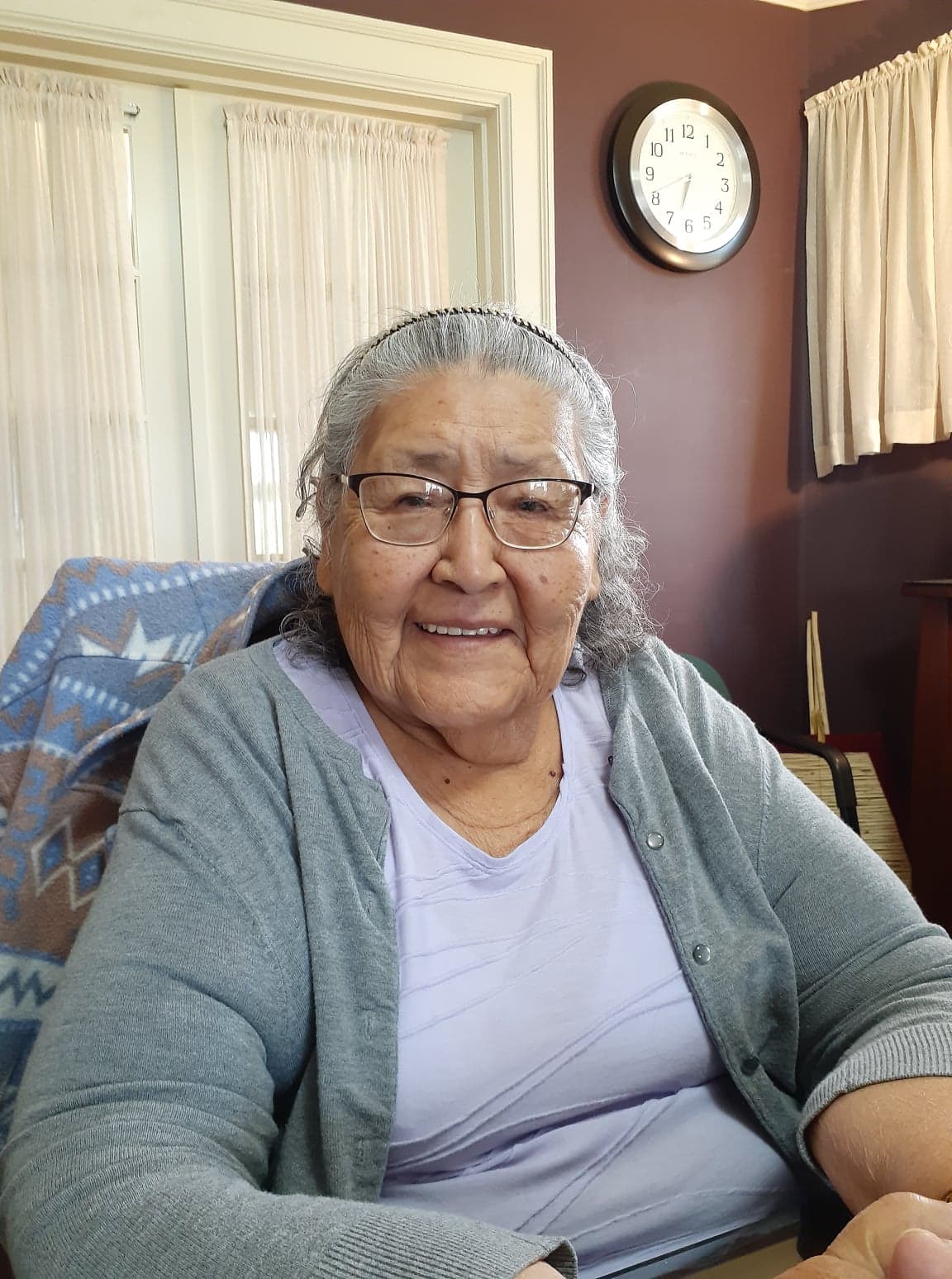
Explore Floors and Rooms
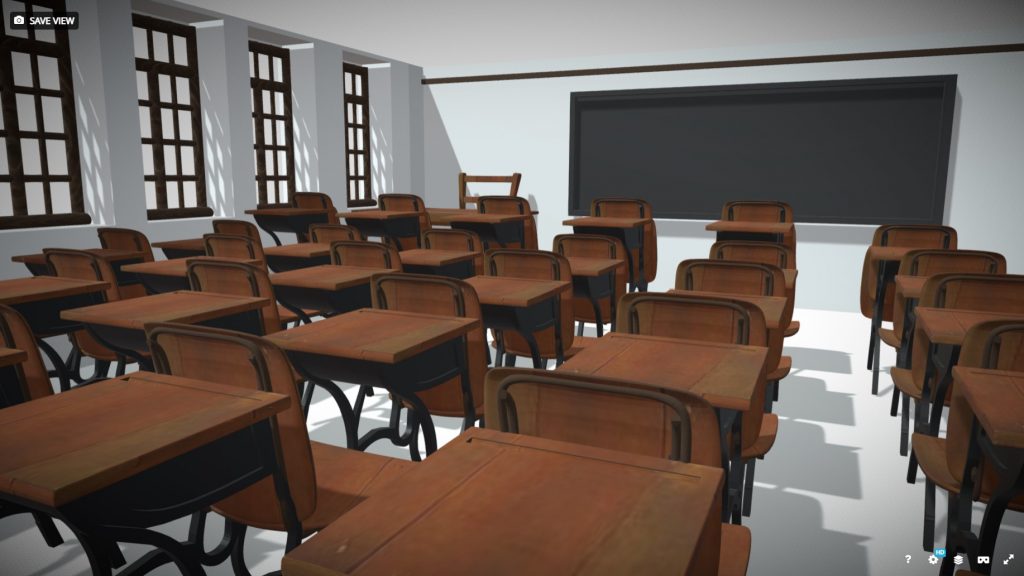
Old Sun Classroom
This computer reconstruction approximates how clas…
Read more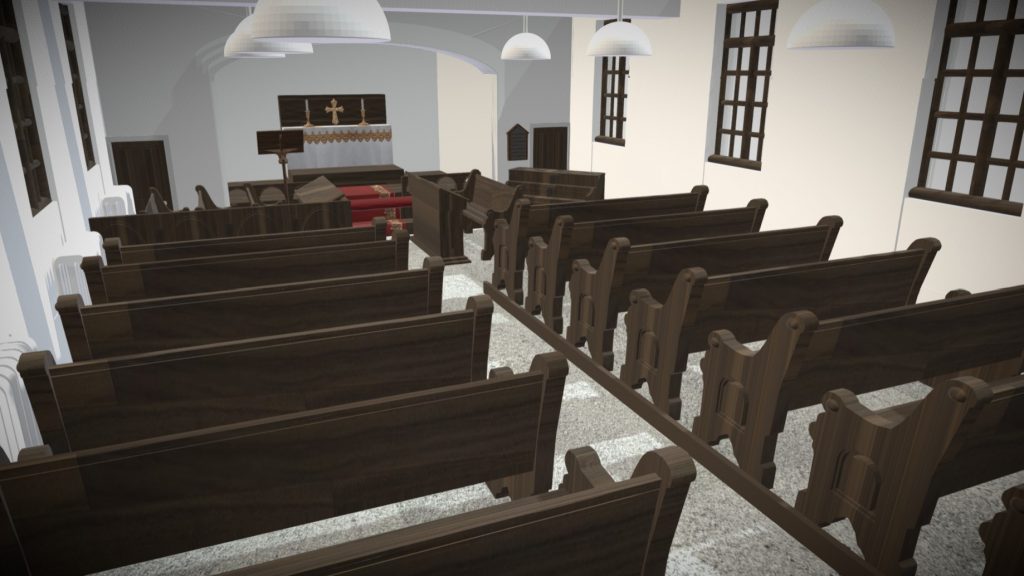
Old Sun Chapel
This computer reconstruction approximates how the…
Read more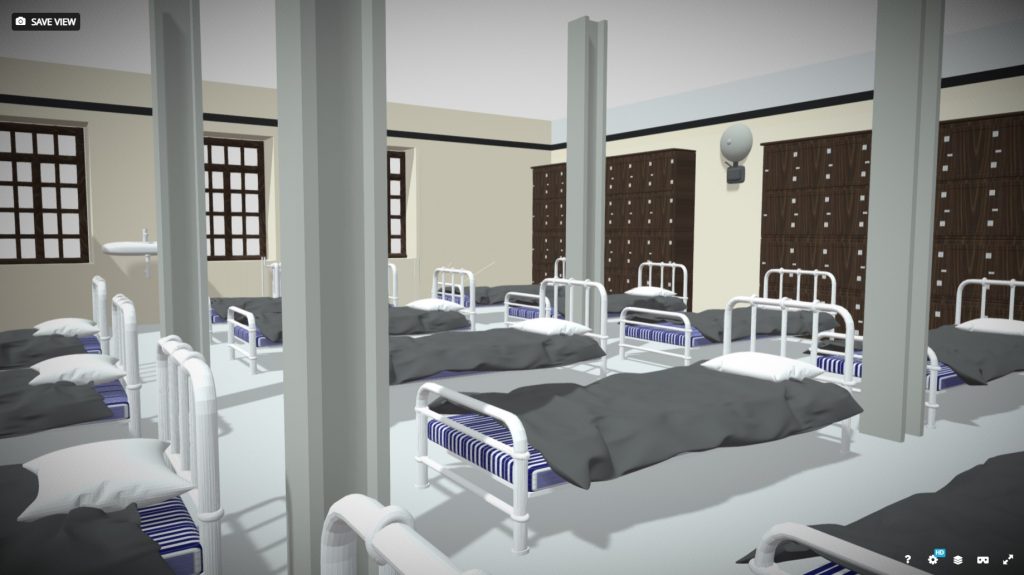
Old Sun Junior Dormitories
This computer reconstruction approximates how the…
Read more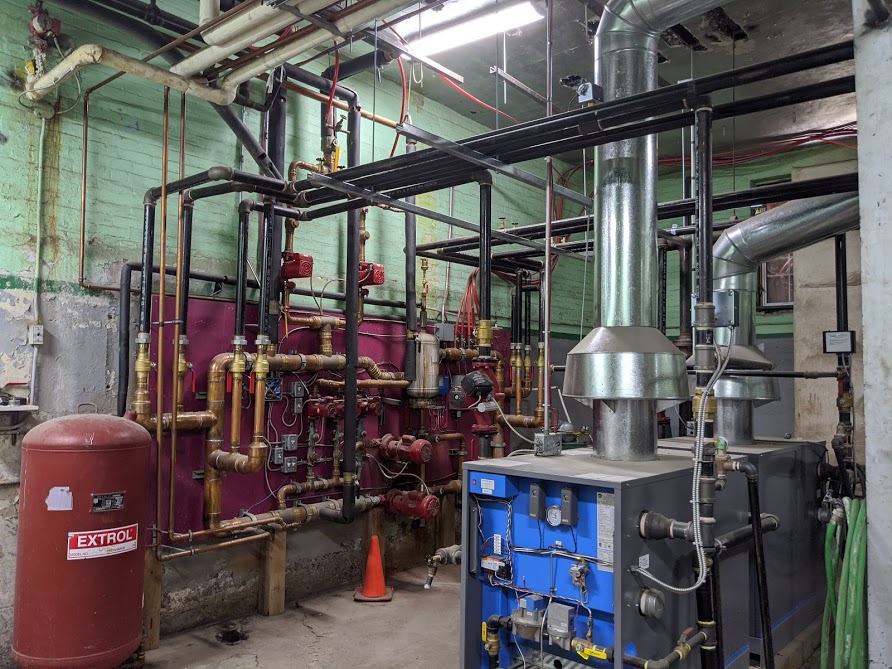
Old Sun Boiler Room
The boiler room and former coal shoot at Old Sun C…
Read more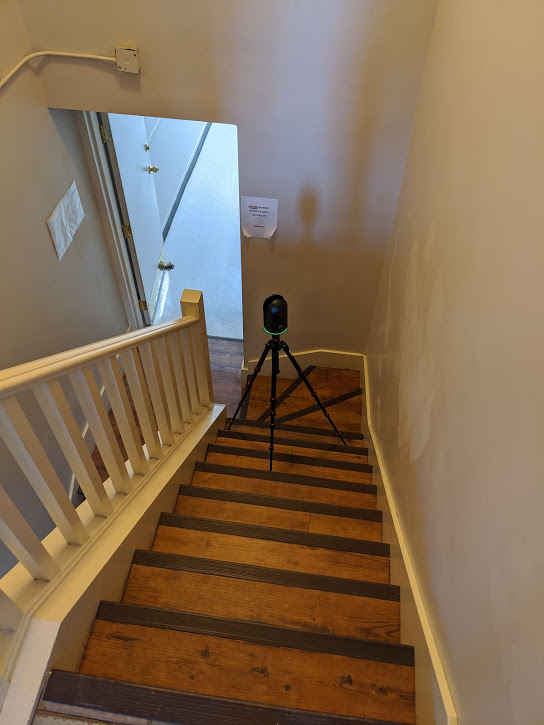
Old Sun Annex
The Annex at Old Sun Community College. This Area…
Read more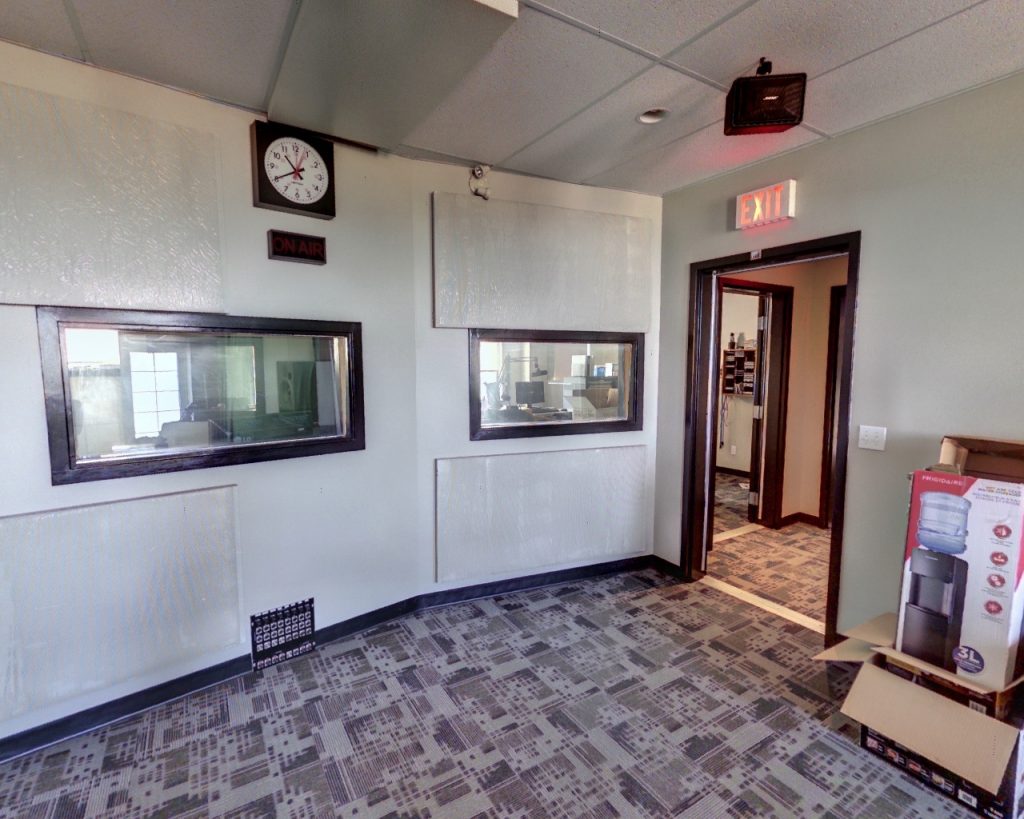
Old Sun Community College Fourth Floor
The Fourth Floor of Old Sun Community College (OSC…
Read more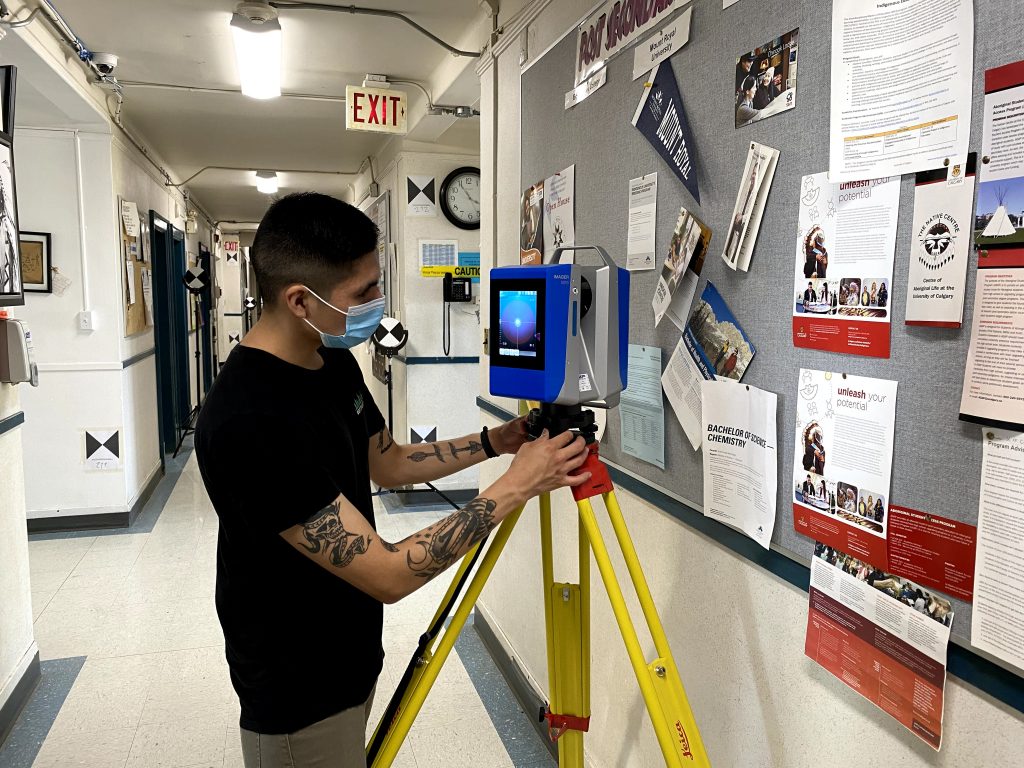
Old Sun Community College Second Floor
The Second Floor of Old Sun Community College (OSC…
Read more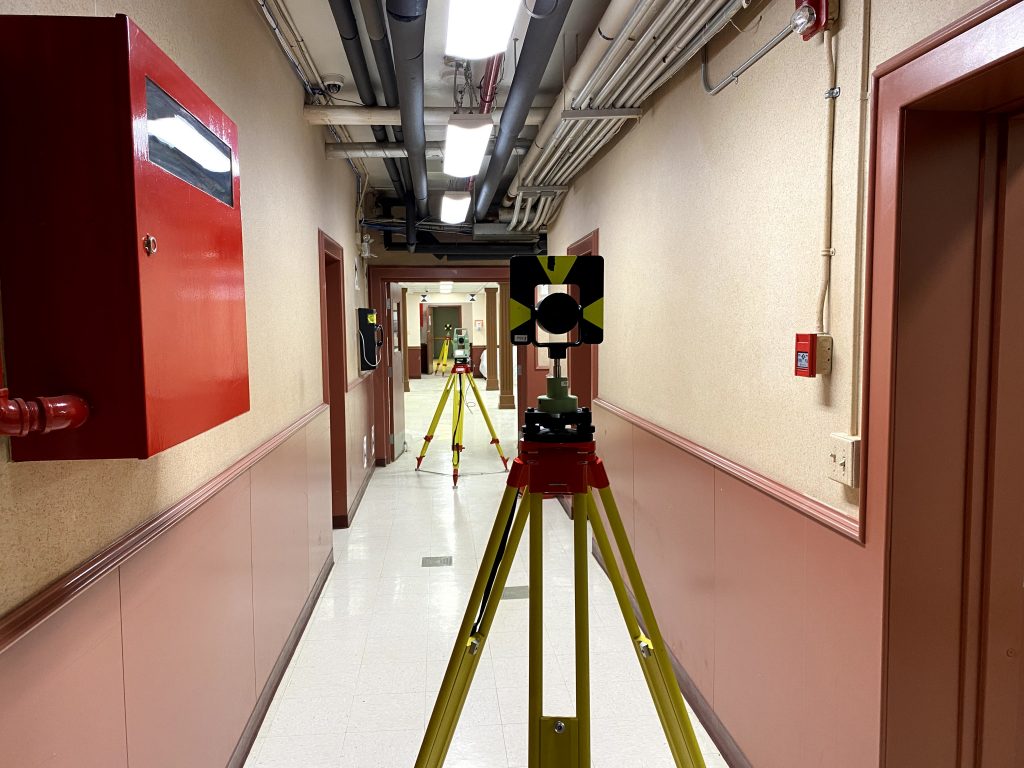
Old Sun Community College First Floor
The First Floor/Basement of Old Sun Community Coll…
Read more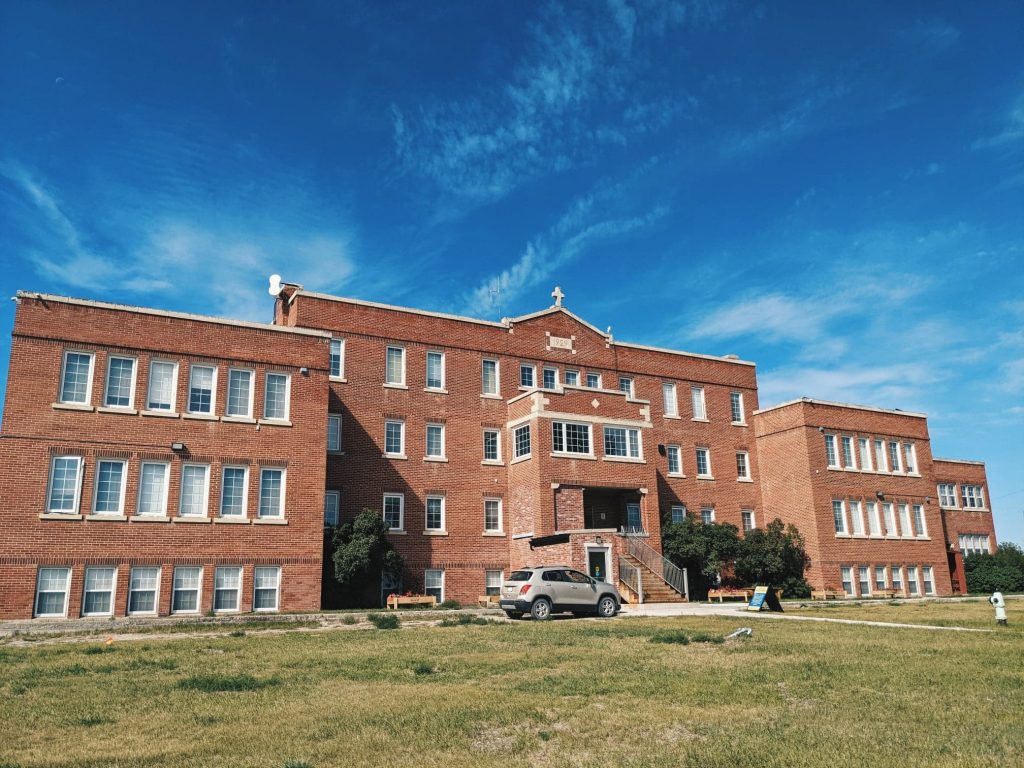
Exterior of Old Sun Community College
Old Sun Indian Residential School operated between…
Read more